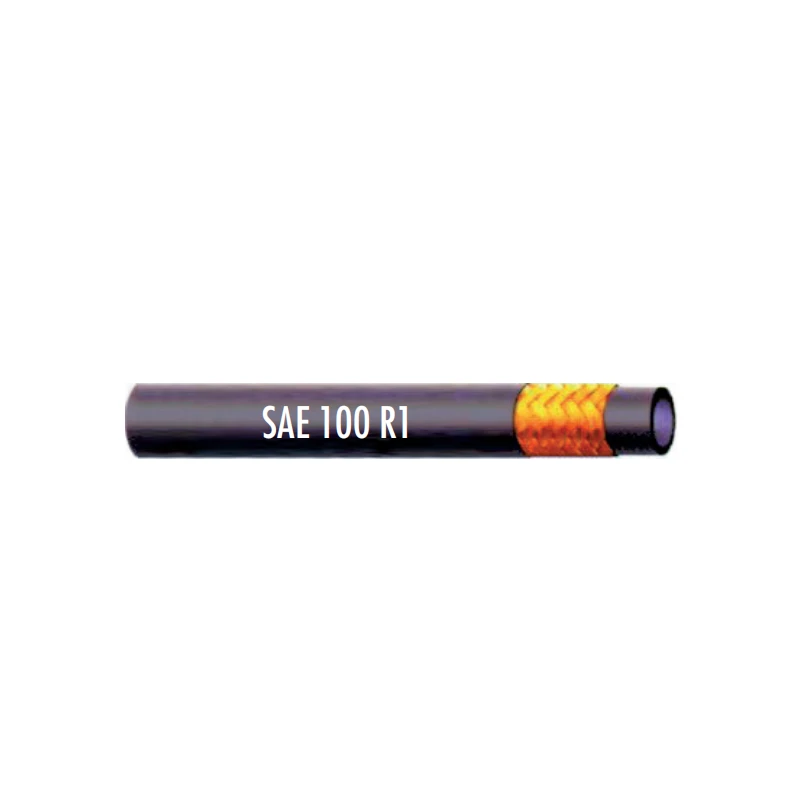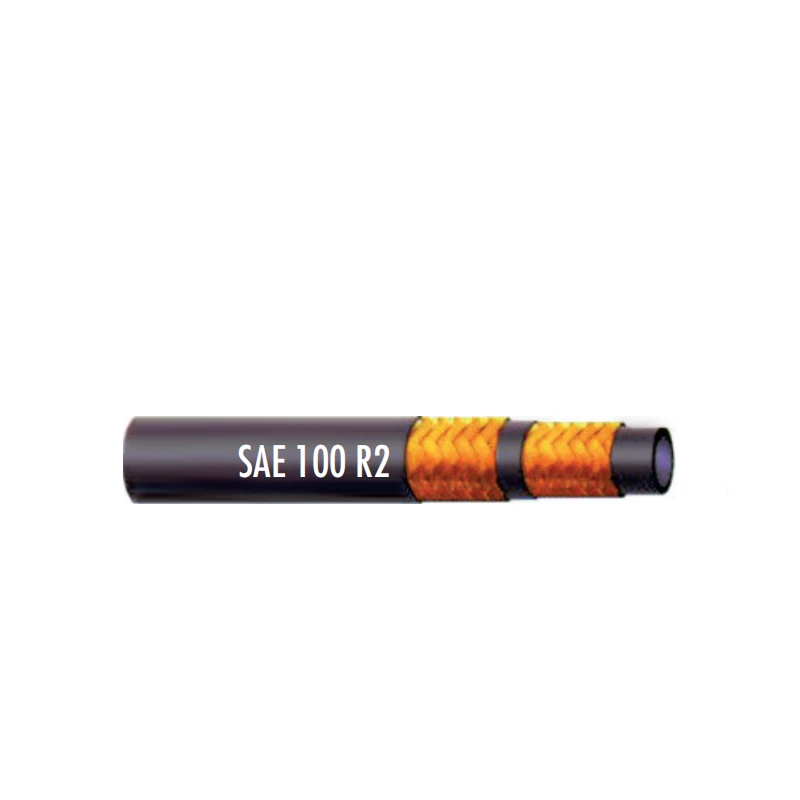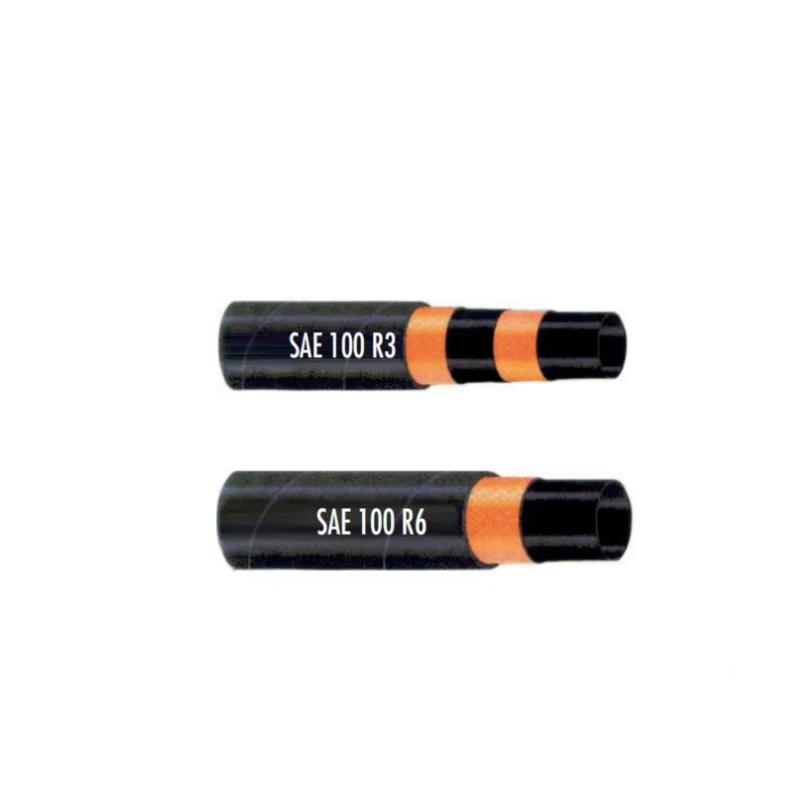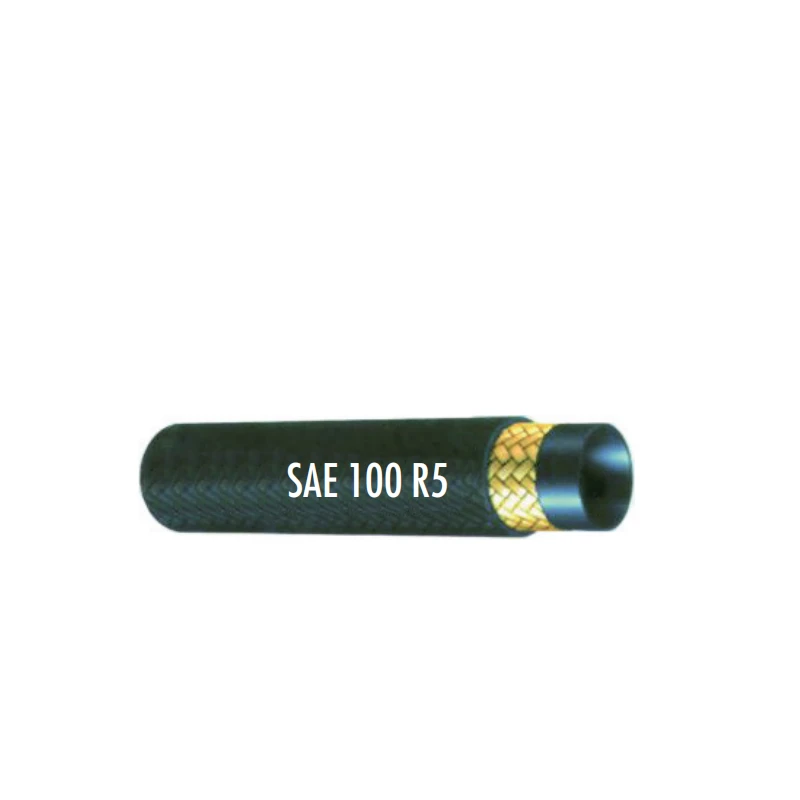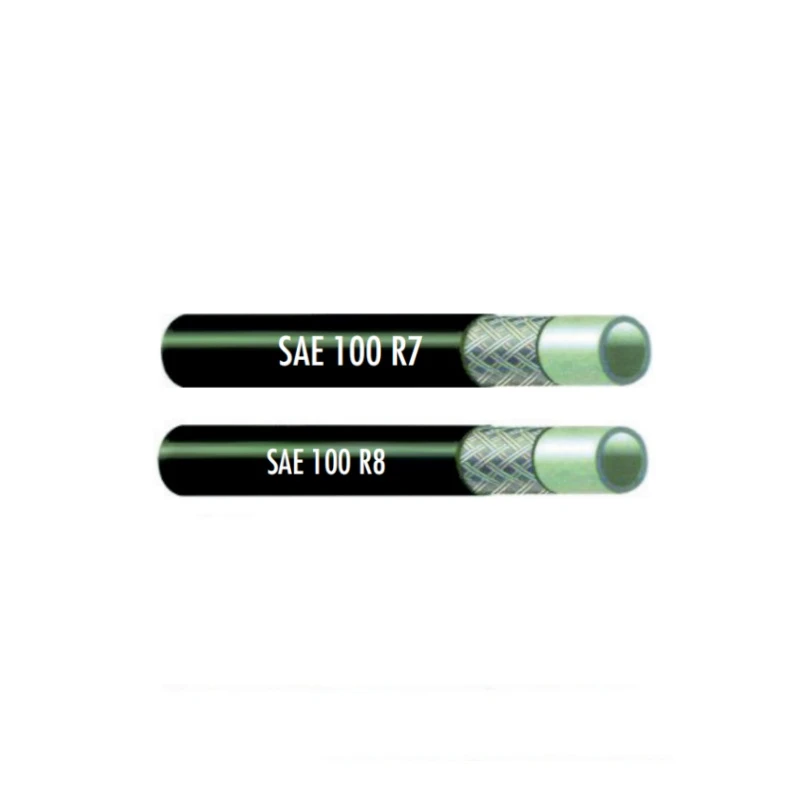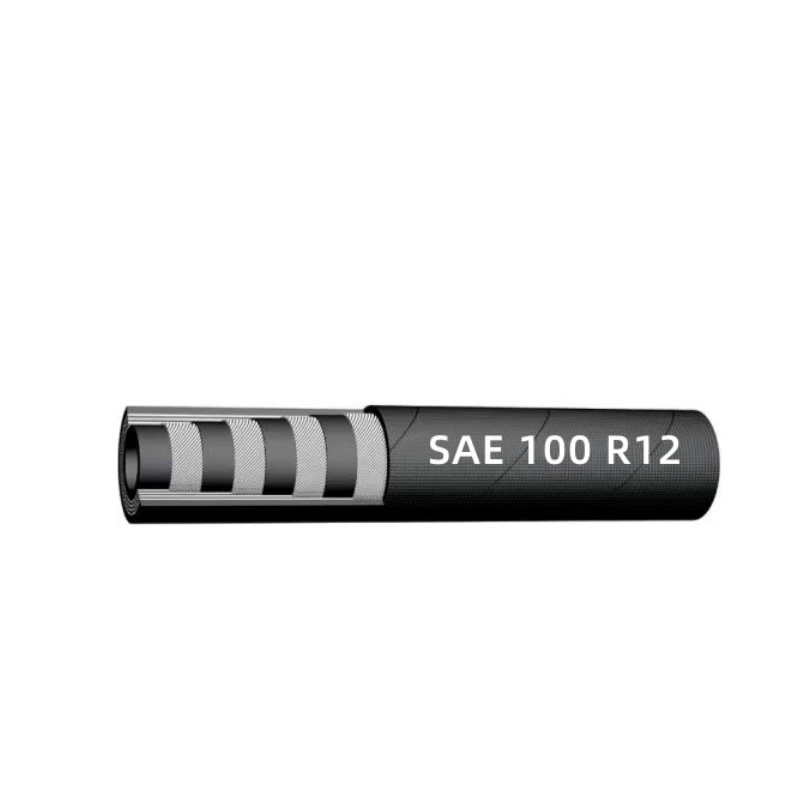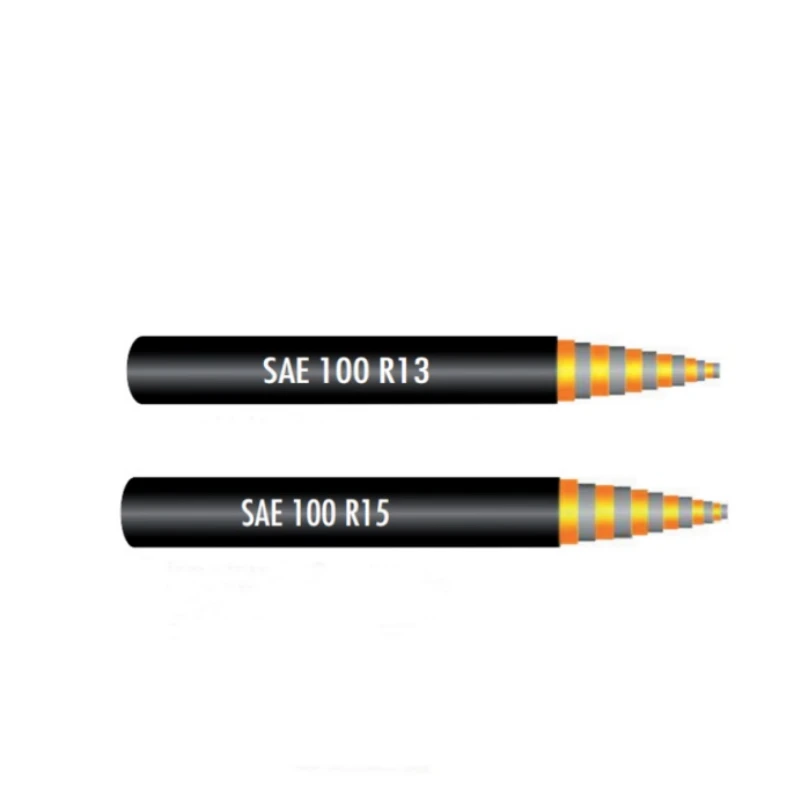
5 月 . 29, 2025 09:00 Back to list
High-Performance Engine Oil Hoses - Coolant, Breather & 1/2 Cooler Solutions
- Understanding Engine Oil Hose Fundamentals
- Technical Specifications Breakdown
- Performance Comparison: Leading Manufacturers
- Custom Engineering Solutions
- Industry-Specific Applications
- Installation Best Practices
- Future Trends in Fluid Transfer Systems
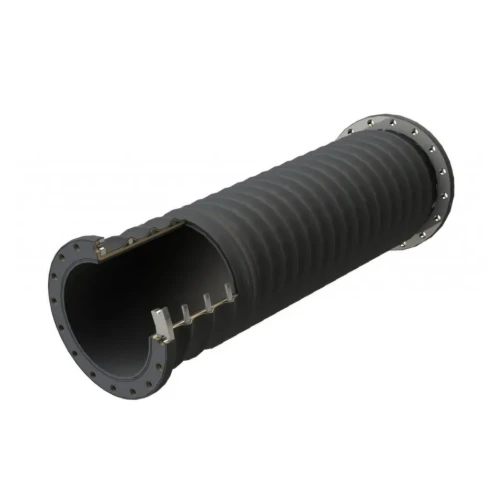
(engine oil hose)
Essential Insights About Engine Oil Hose Components
Modern engine oil hose
s form critical pathways in thermal management systems, with 78% of industrial equipment failures tracing to inferior fluid transfer components. High-grade engine oil coolant hoses withstand temperatures exceeding 302°F (150°C) while maintaining flexibility, contrasting with standard rubber hoses that degrade at 248°F (120°C).
Material Science Behind Hose Construction
Four-layer reinforcement has become industry standard for engine oil breather hoses:
- Inner tube: Fluoroelastomer (FKM) lining
- Primary reinforcement: Aramid fiber braid
- Secondary reinforcement: Stainless steel helix
- External coating: Abrasion-resistant CR rubber
Manufacturer Performance Analysis
| Brand | Pressure Rating | Temp Range | MTBF (Hours) |
|---|---|---|---|
| Dynaflex Pro | 450 PSI | -40°F to 392°F | 15,000 |
| ThermoShield | 380 PSI | -22°F to 356°F | 12,500 |
| VulcanGrip HD | 500 PSI | -58°F to 428°F | 18,000 |
Custom Configuration Options
Specialized 1-2 engine oil cooler hose configurations now incorporate:
- Integrated temperature sensors
- Quick-disconnect couplings with 95% flow efficiency
- Custom bend radii (±2° tolerance)
Operational Case Studies
A marine propulsion retrofit project demonstrated:
"Implementation of multi-layer engine oil hoses reduced maintenance intervals from 500 to 1,200 operational hours, decreasing downtime costs by 43%."
Installation Protocols
Proper clamping force (18-22 ft-lbs) prevents 92% of premature hose failures. Always maintain minimum bend radius equal to 5x hose diameter.
Innovations in Engine Oil Hose Technology
Next-generation hoses with graphene-enhanced composites show 40% greater thermal conductivity than traditional engine oil coolant hose designs. Manufacturers are adopting SAE J20 R9 compliance as baseline for heavy-duty applications, ensuring compatibility with synthetic oils up to ISO VG 220 viscosity.

(engine oil hose)
FAQS on engine oil hose
Q: What are the common signs of a failing engine oil hose?
A: Common signs include oil leaks around the hose, visible cracks or bulges, and a burning oil smell. Immediate replacement is recommended to prevent engine damage.
Q: How often should I replace the engine oil coolant hose?
A: Replace it every 60,000-100,000 miles or if you notice coolant-oil mixing. Regular inspections during oil changes help detect early wear.
Q: What is the purpose of an engine oil breather hose?
A: It vents excess pressure from the crankcase to prevent oil leaks. A clogged breather hose can cause poor engine performance or oil contamination.
Q: Can a damaged 1/2 engine oil cooler hose affect engine temperature?
A: Yes, a damaged hose can restrict oil flow to the cooler, leading to overheating. Prompt replacement ensures proper cooling system function.
Q: Are engine oil hoses interchangeable with other fluid hoses?
A: No, oil hoses are designed to withstand high temperatures and oil degradation. Using non-specified hoses may cause leaks or failure.
Latest News
Steel Wire Reinforced Hydraulic Hose SAE 100 R1 / EN853 1SN S
NewsOct.17,2024
Two Layers Steel Wire Reinforced Hydraulic Hose SAE 100 R2 / EN853 2SN
NewsSep.03,2024
Textile Braid Reinforced Hydraulic Hose SAE100 R3+R6
NewsSep.03,2024
Textile Reinforced Hydraulic oil Suction Hose with embedded Steel Wire SAE 100 R4
NewsSep.03,2024
Single Wire Braid and Textile Covered Hydraulic Hose SAE 100 R5
NewsSep.03,2024
High Pressure Thermoplastic Hydraulic Hose SAE 100 R7 / EN855 R7 - SAE 100 R8 / EN855 R8
NewsSep.03,2024
Heavy Duty Four-layer Steel Wire Spiral Reinforced Hydraulic Hose SAE100R9+R10+R12
NewsSep.03,2024
Heavy Duty Multi-layer Steel Wire Reinforced Hydraulic Hose SAE100R13 SAE100R15
NewsSep.03,2024
Latest Products

